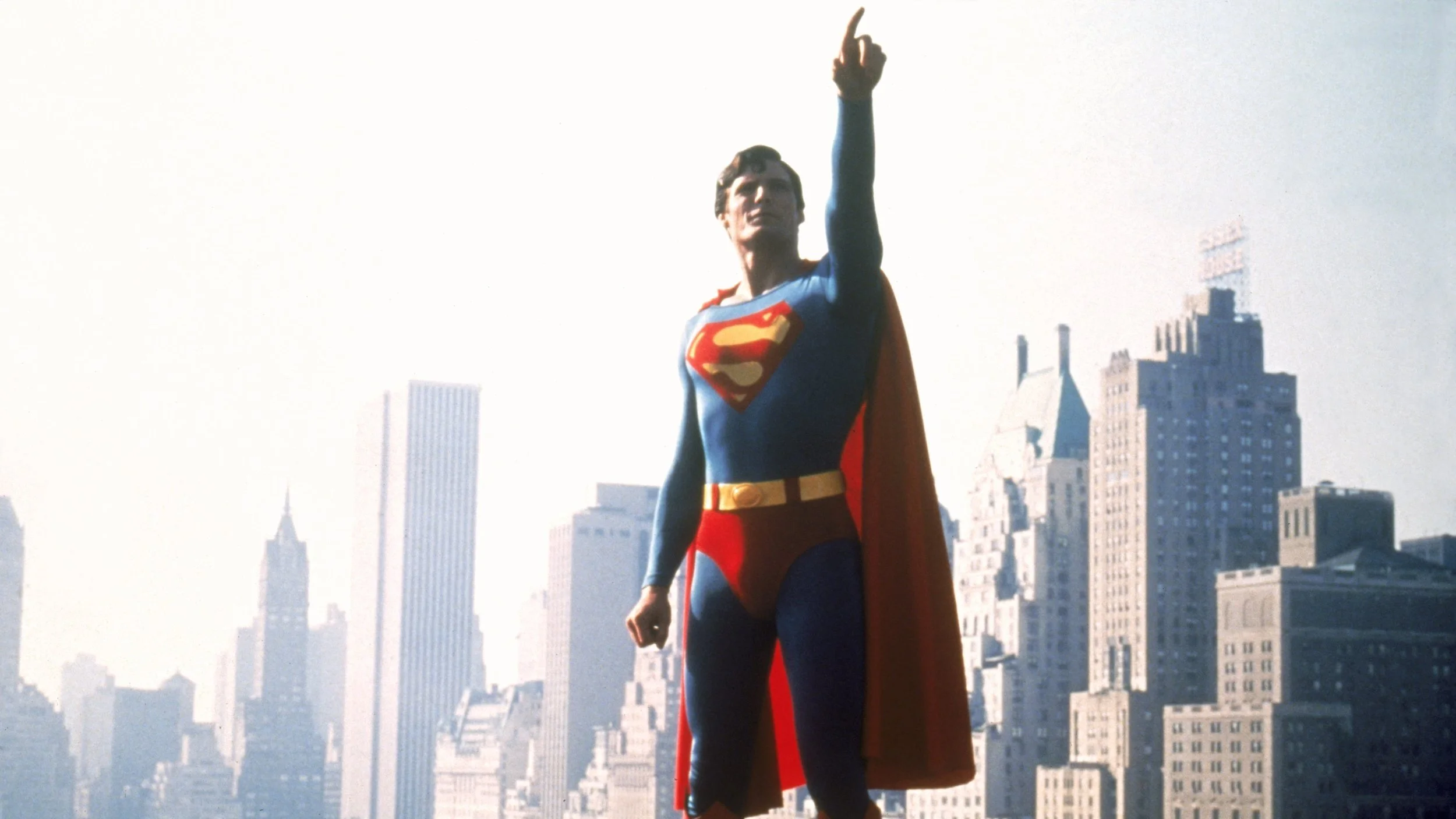Review: George Washington (2000)
Over the past few decades in American cinema, many independent directors have aspired to capture the unique aesthetic presentation of the early films of Terrence Malick, Badlands (1973) and Days of Heaven (1978), but only David Gordon Green’s debut feature, George Washington (2000), has ever come close to conjuring a similar effect on screen. It’s a beautiful film that, like the films of Malick, showcases a completely subjective vision of a world where everyday beauty is exalted, human relationships take on spiritual dimensions, and all choices, good and bad, seem to ripple out across the metaphysical universe.
To be clear, George Washington is not simply a Malick rip-off. If that were the case, the film wouldn’t be worth mentioning, since merely aping Malick’s efervescent style isn’t enough to make a film noteworthy. Rather, George Washington has the same totalizing effect as a Malick film. It offers a singular, golden-hued vision that makes every aspect of life beautiful and fleeting. In George Washington, we’re living in a memory, seeing summer at its most beautiful, human relationships at their most vital, and the line between life and the spiritual dimension never thinner. That’s what I mean by the film achieving a similar effect to the works of Terrence Malick; it’s transcendent.
The film is set during one magical summer in a poor town in North Carolina. It’s largely framed through the eyes of Nasia (Candace Evanofski), who offers narration and gives the film its structural foundation; if the film has to be one person’s memory, it’s surely her’s. But the film is not about Nasia so much as it’s about the boys in her orbit, namely Buddy (Curtis Cotton III), who is short and clever, but too immature in Nasia’s words, and George (Donald Holden), whose fragile skull never properly fused, making him introverted and prey to the elements of the world. George’s soft skull makes him defenseless, and yet he is emboldened by his limitations. He has dreams of being a hero and gets to live out these aspirations when he risks serious injury to save a boy drowning in the local pool.
George exists at the intersection between worlds; his unique condition places him closer in proximity to death than others, so he has some qualities of a saint. Green leans into the heroic associations in how he frames George. Early on, he embodies elements of Saint Francis as he befriends a stray dog abandoned in an alley; his quiet conversations with the dog place the creature on an equal plane to himself. Later, emboldened by his newfound celebrity, he dons a makeshift cape and Davy Crockett-style fur hat to patrol the streets doing good, looking like a bargain-bin Superman.
Unlike many Malick films, George Washington does have a plot, which revolves around an accidental tragedy that strikes George, Buddy, and their friends Vernon (Damian Jewan Lee) and Sonya (Rachael Handy). But Green doesn’t intend the experience of watching the film to be one of suspense about what’s to happen next. Rather, he focuses on the marginalia of these characters’ lives, how they wander through junkyards or into abandoned buildings and discover small bits of life bursting through the detritus. Green loves to shoot at the magic hour when the last golden rays of twilight provide a backlight to forgotten objects and people; the camera is constantly romanticizing the world. In many ways, he frames everything through a nostalgic lens, because with nostalgia, even painful memories have their sweetness.
George Washington allows us as viewers to experience summer in as lively a way as these characters, particularly George, who finds the best in his humdrum reality to such an extent that Green has no choice but to adopt his enthusiasm and paint the world in the loving lens through which George sees it. Thus, the film adopts a poetic quality, even though it’s a narrative film and takes place in a world that seems similar to our own. The voiceover narration, elliptical editing patterns that slow down or stretch out sequences, and near-constant musical score from Andrew Gillis and David Wingo create a totalizing effect where the emotional tenor stays constant throughout scenes. Some people could quibble that such an approach flattens the dramatic elements of the film, but I see it rather as a means of putting the emotional experience of these characters to the fore. Dramatic conflict and classical Hollywood editing techniques are useful tools for making us empathize with characters, but there are other tools for making us feel what characters do.
It’s strange to think of the direction that Green’s career has taken over the past 20 years following George Washington. Instead of becoming the obvious successor to Terrence Malick, he became a prolific comedy director, often working with Jody Hill and Danny McBride, before transitioning to horror with the most recent Halloween sequels. But just because his career has taken a surprising turn in direction doesn’t mean we should forget how it started, with this beautiful portrait of life on the margins. If you have only seen Green’s mainstream Hollywood work, whether Pineapple Express (2008) or Halloween (2018), do yourself a favour and search out this little-seen gem. It’s a good reminder of the beautiful potential of independent American cinema.
9 out of 10
George Washington (2000, USA)
Written and directed by David Gordon Green; starring Candace Evanofski, Curtis Cotton III, Donald Holden, Damian Jewan Lee, Rachael Handy, Paul Schneider, Eddie Rouse, Janet Taylor.



James Mangold’s 2003 thriller is memorable for its craftsmanship and absurdity.